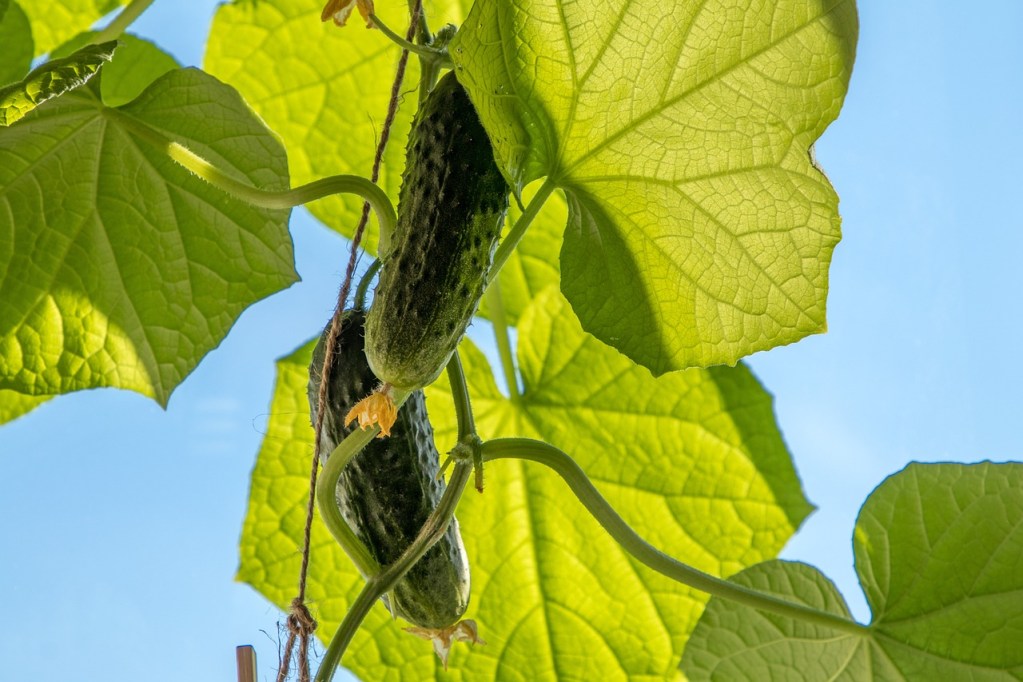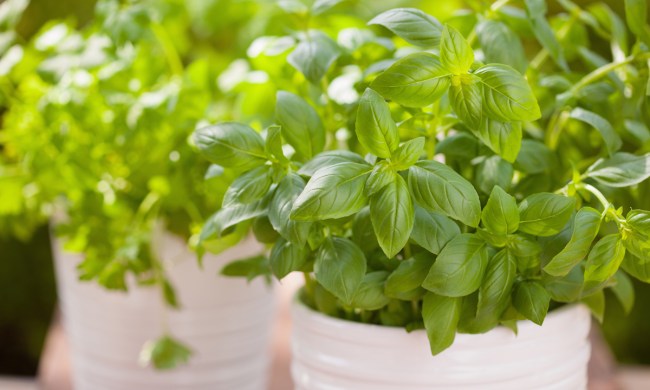Companion planting is the technique of pairing plants based on their similar needs and preferences, as well as potential benefits or aesthetic preferences. You might plant pest-repelling herbs next to your tomatoes, for example, or grow shade-loving plants in the shadow of a tree or shrub.
Every plant has companion plants that work well with it, as well as plants that should be avoided, and cucumbers are no exception. This is your guide to cucumber companion plants, so that you can plan a successful garden.
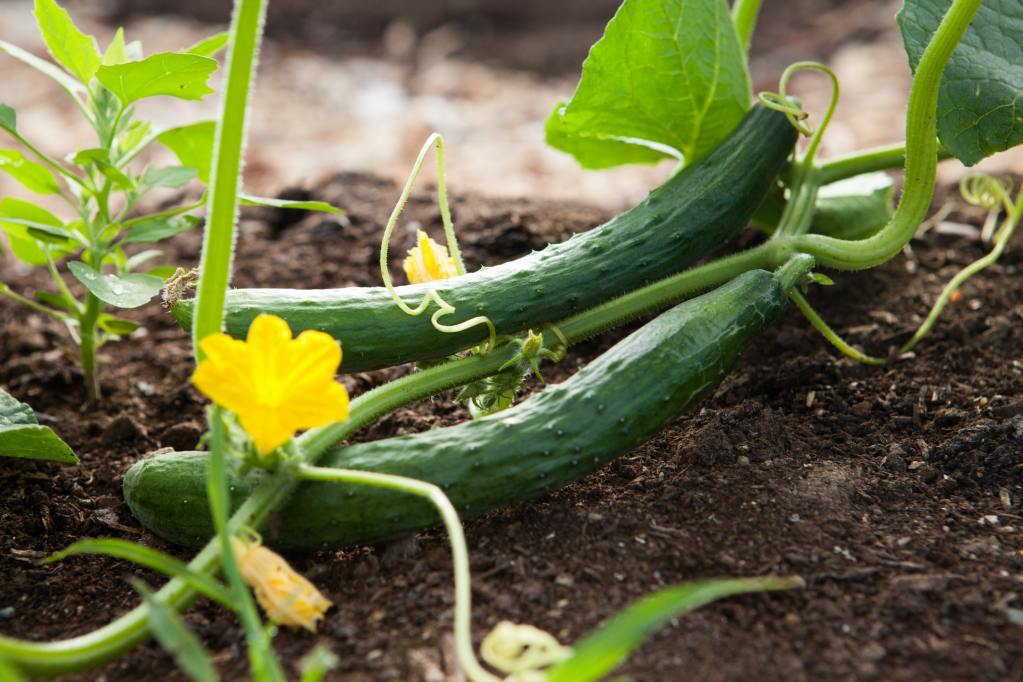
Fruits and vegetables as cucumber companion plants
If you want to pair your cucumbers with other fruits and vegetables, then you have plenty of options. Plants in the Solanaceae family pair well with cucumbers. This includes tomatoes, peppers, and even eggplants. The exception to this is potatoes, but other Solanaceae plants can be planted near cucumbers with proper spacing.
Leafy greens, such as lettuce, cabbage, spinach, and kale are also good choices. The taller cucumber vines provide shade for the smaller greens, and the leafy greens shelter the cucumber’s roots to improve water retention like a living mulch. However, if you plan on growing multiple companion plants, take note that tomatoes don’t pair well with cabbage or kale.
Small root vegetables like carrots, beets, and turnips will grow with cucumbers as well. They have a similar relationship to each other that cucumbers and leafy greens have, thanks to the spreading leaves of the root vegetables. Plus, their small size means you don’t have to worry about competition. Alliums, such as garlic and onions, are also a great choice for this reason.
Some plants that provide benefits for your cucumbers are legumes and corn. Legumes, such as beans and peas, add nitrogen to the soil. Corn can actually be used as a living trellis for smaller cucumber varieties.
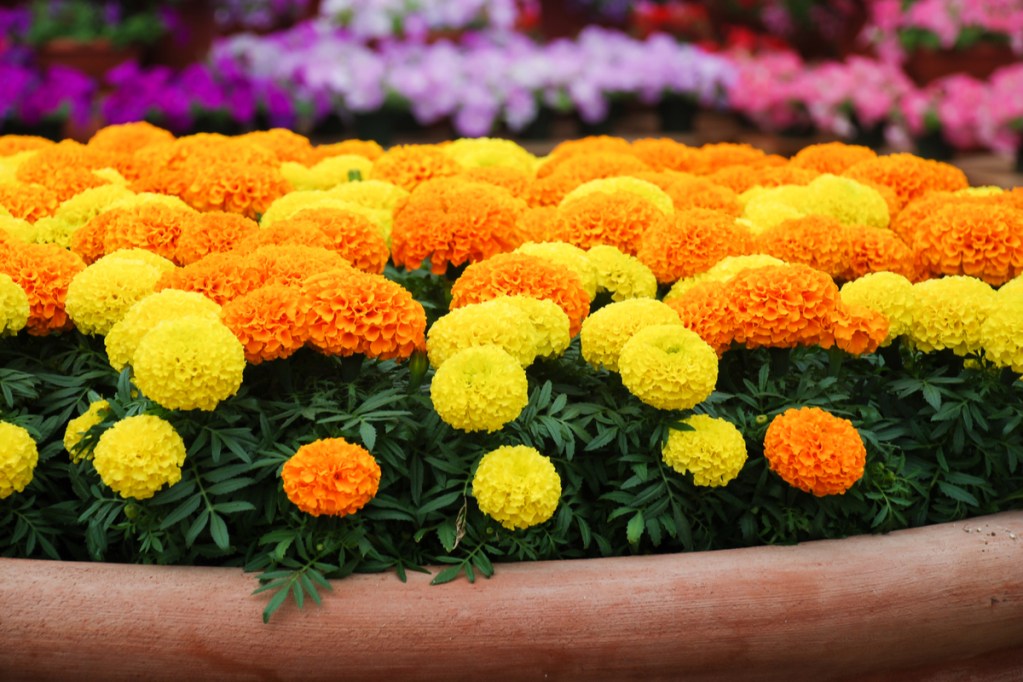
Flowers and herbs to grow with cucumbers
Fruits and vegetables aren’t the only things you can grow next to your cucumbers, though. Many flowers and herbs offer natural protection from pests and attract pollinators. If you’ve ever had to pollinate cucumbers by hand, then you’ll understand just how valuable this benefit is! For fans of herbs, dill, oregano, marjoram, and chives are all excellent cucumber companion plants.
Marigold, calendula, nasturtium, and tansy are all great options for attracting pollinators, and they may keep pests away as well. If you’re a fan of edible flowers, then you’ll be happy to know that marigolds, calendula, and nasturtium are all edible. Tansy is sometimes consumed as well, but it does contain a toxic compound that can cause serious health problems in higher quantities.
An interesting flower to grow as a cucumber companion plant is the sunflower. Similarly to corn, smaller cucumber varieties can climb sunflowers. This means you can replace your trellises with sunflowers and corn for a unique garden display.
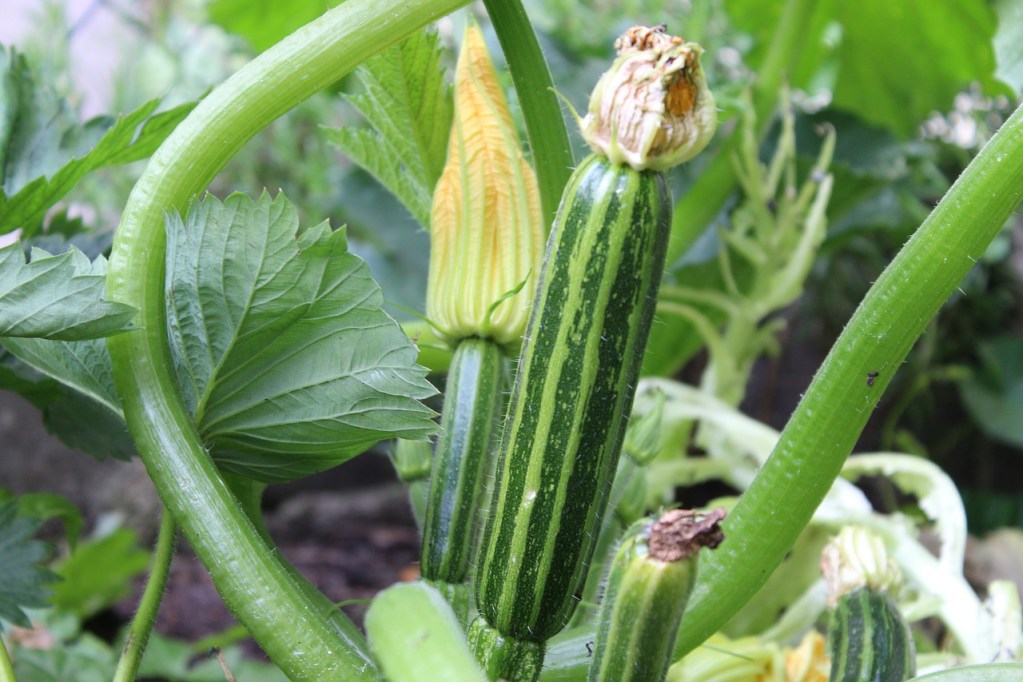
Plants to avoid using as cucumber companion plants
Knowing what plants to avoid is just as important as which ones to seek out. Plants that have vastly different growth needs from cucumbers should be planted in a different section of your garden. For example, you shouldn’t plant succulents and cacti near cucumbers, as the succulents and cacti would get too much shade and water.
Plants that have the same needs but are heavy feeders should also be avoided. This is because they will compete with your cucumber plants for resources, leading both plants to struggle. Potatoes, melons, zucchini, and squash are good examples of this. Melons, zucchini, and squash also fall into the third category of plants to avoid: plants in the same family. Since they are prone to the same pests and diseases, planting closely related plants together can make them more vulnerable.
Aromatic herbs, such as sage, rosemary, fennel, and basil have oils that can stunt the growth of cucumber plants. These oils can affect other plants as well, so take care when planning your herb gardens. Another herb to avoid is mint, which is a voracious grower and will spread across the garden, competing heavily with cucumbers for resources such as space and water.

How to plant your companion plants
Once you’ve chosen your cucumber companion plants, it’s time to plant them. While the bulk of planting companion plants is the same as planting any other garden, you’ll need to pay close attention to spacing and location. While these plants will grow well together, they won’t appreciate being crowded together, so make sure to follow the spacing requirements for each plant. Remember to measure from the roots or base of the cucumber plant when using a trellis.
If you are trellising your cucumbers, smaller shade-loving plants can grow underneath the trellis or in its shadow. However, sun-loving cucumber companion plants will not thrive there and should be planted where the shadow will not fall.
While we can’t list every possible plant combination, remember the basic principles of companion planting and you’ll do just fine. If plants have similar or non-conflicting needs, they can usually be planted together, but if they need opposite conditions or pose challenges for each other, then plant them further apart. With this knowledge and our list of basic cucumber companion plants for you to consider, you’re ready to start planning your next garden.
